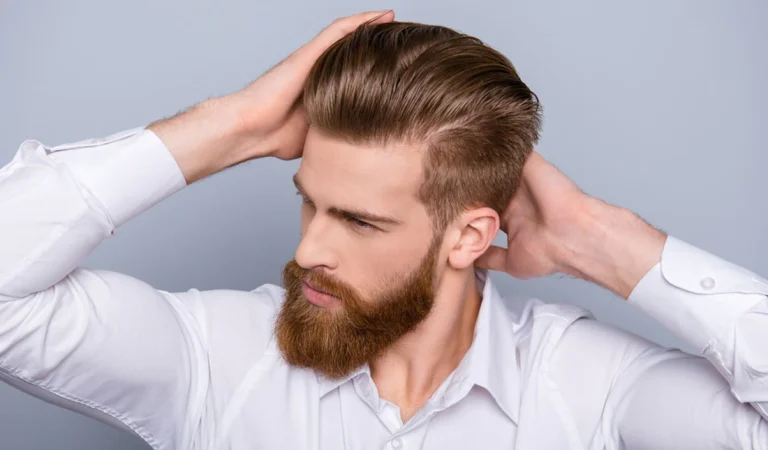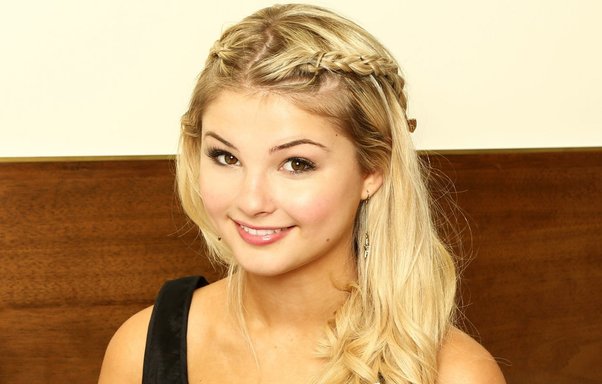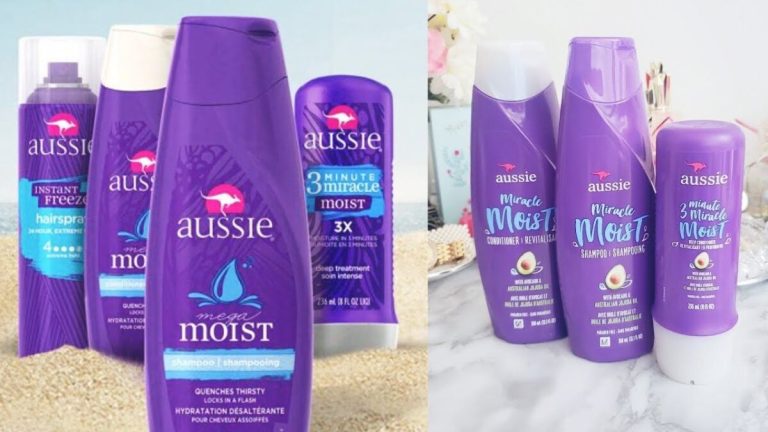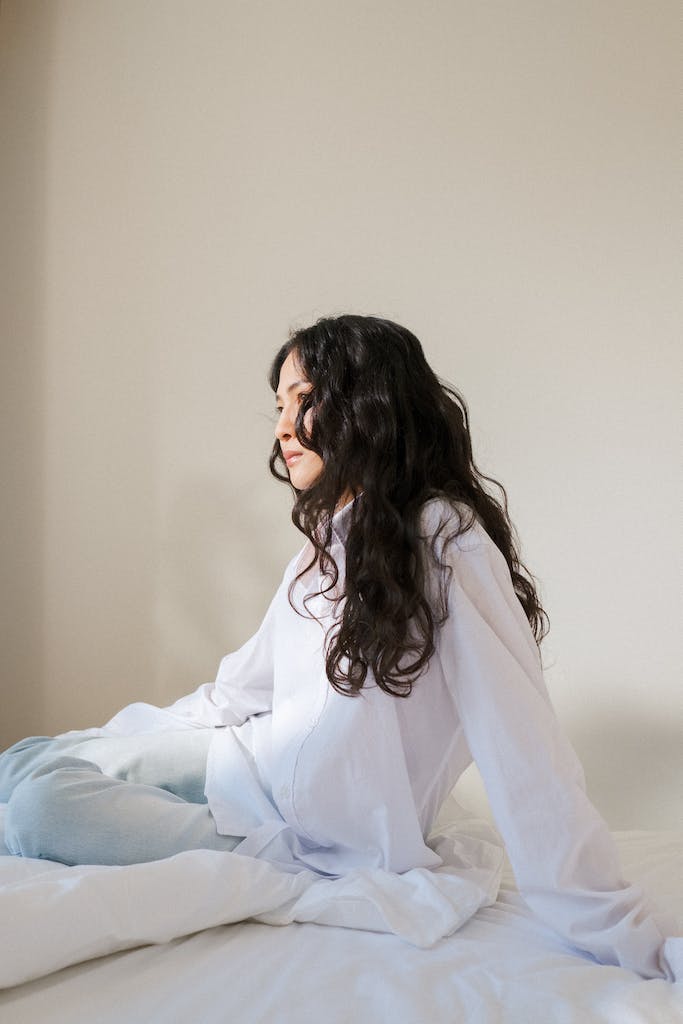The 11 Different Types of Perms
In the vibrant era of the 1980s, perms were the go-to solution for achieving volume and big hair. The iconic look of tight curls and waves was a staple in fashion and pop culture. However, the world of perms has evolved significantly since then.
Modern perms offer more versatility and can be adapted to suit individual preferences, ranging from loose waves to more defined curls. The techniques and approaches to creating a perm have also diversified, including hot or cold methods, each with its own unique benefits and results.
What is a Perm?
Contents
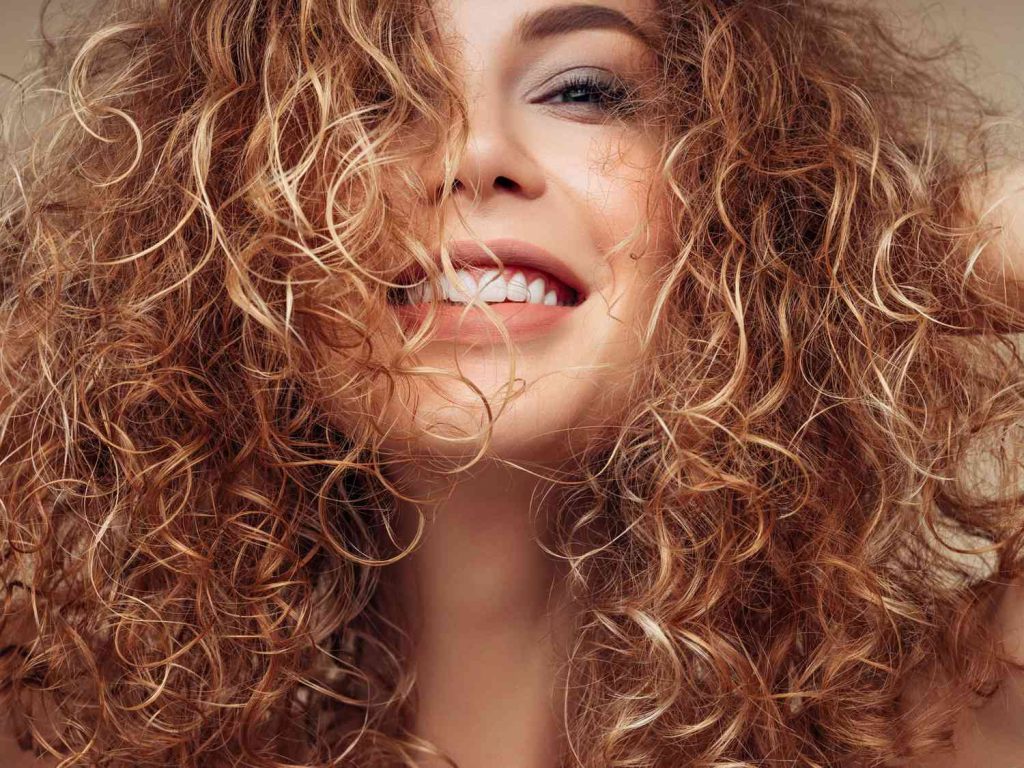
A perm, short for permanent wave, is a hair treatment that uses chemicals to alter the natural structure of your hair, creating waves or curls. Traditional perms of the past were synonymous with big hair, resulting in tightly coiled curls that were the epitome of 80s fashion.
However, the perm of today is not confined to this singular style. Modern perms offer more versatility, allowing for soft waves or less-defined curls, depending on your personal style and hair type. The longevity of a perm can vary, typically lasting several months. However, the duration can depend on factors such as hair length, the tightness of the curls, and how well the hair is cared for post-treatment.
How is a perm done?
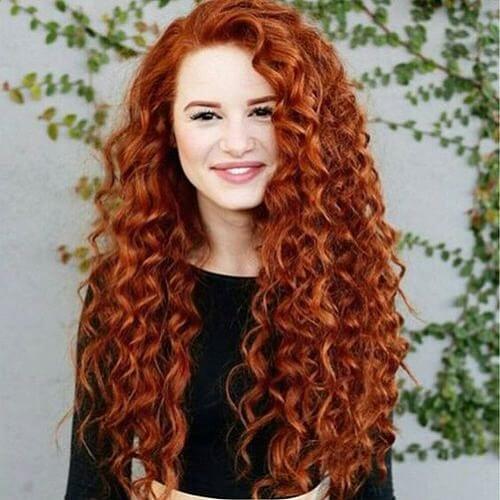
The process of getting a perm involves the use of a chemical solution to alter the hair’s texture. It’s a time-consuming process that requires several hours in the salon, but the transformative results can be worth the wait.
The procedure typically involves wrapping the hair in rods of varying sizes and then applying the chemical solution. The size of the rods will determine the tightness of the curls or waves. Once the solution has been processed, it’s neutralized to re-form the hair’s disulfide bonds in their new curly or wavy pattern.
When it comes to choosing between a cold perm or a hot perm, the choice depends on your hair type and the desired result. A cold perm creates tight, classic curls, while a hot perm results in softer, more natural-looking waves.
In the hands of a skilled hairstylist, the modern approach to perms can minimize damage to the hair, ensuring that your locks remain healthy and vibrant while sporting your new, curly look.
Hot Vs. Cold Perms
When it comes to perms, there are two main types: hot and cold. The difference between hot and cold perms lies in the process and the results they yield.
A cold perm involves wrapping the hair around rods and then applying a chemical perm solution. This process breaks down the hair’s structural bonds and reforms them in the shape of a rod, resulting in curls. Cold perms are known for creating tight, classic curls and are generally more affordable.
On the other hand, a hot perm involves a two-step process where the hair is first set on rods, and then a neutralizer is applied. The rods are then heated, which provides better results for coarse or thick hair. Hot perms create softer, more natural-looking waves. However, it’s important to note that hot perms can take longer and are often more expensive than cold perms due to the additional steps and materials involved.
11 Different Types of Perms
1. Spiral Perm
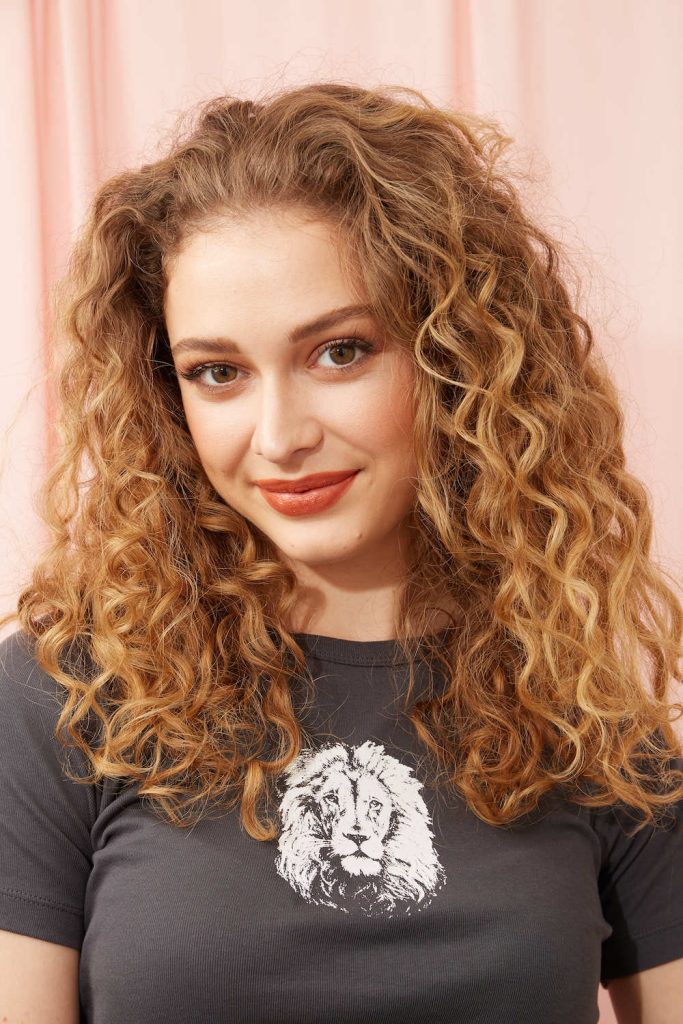
A spiral perm is defined by its spiral-shaped, tight, cork-screw-like curls. Using a perm rod to vertically roll the hair and create spirals, one can achieve this look. Spiral perms are suitable for various hair textures and lengths, but it’s important to note that the process can make the hair appear shorter due to the tightness of the curls. This type of perm is ideal for adding volume and making thin hair look fuller.
2. Body Wave Perm
A body wave perm, on the other hand, creates loose, natural-looking waves. This softer, more relaxed look is achieved using a larger curling rod, which results in bigger, looser curls. The body wave perm is popular for its soft, loose, and romantic wave appearance, making it a versatile choice for many. It’s particularly ideal for thin or limp hair, providing a volume boost and adding movement to the hair without the intensity of tight curls.
3. Beach Wave Perm
The beach wave perm is a popular choice for those who want to give their straight hair texture and volume with loose waves. This style mimics the natural waves your hair might have after a day at the beach, hence the name. The process involves using a perming solution and foam rollers to create these waves.
The result is natural-looking, loose waves that add movement and body to the hair. However, it’s important to note that a beach wave perm may require new styling products and proper care to prevent frizz and maintain the health of your hair.
4. Digital Perm
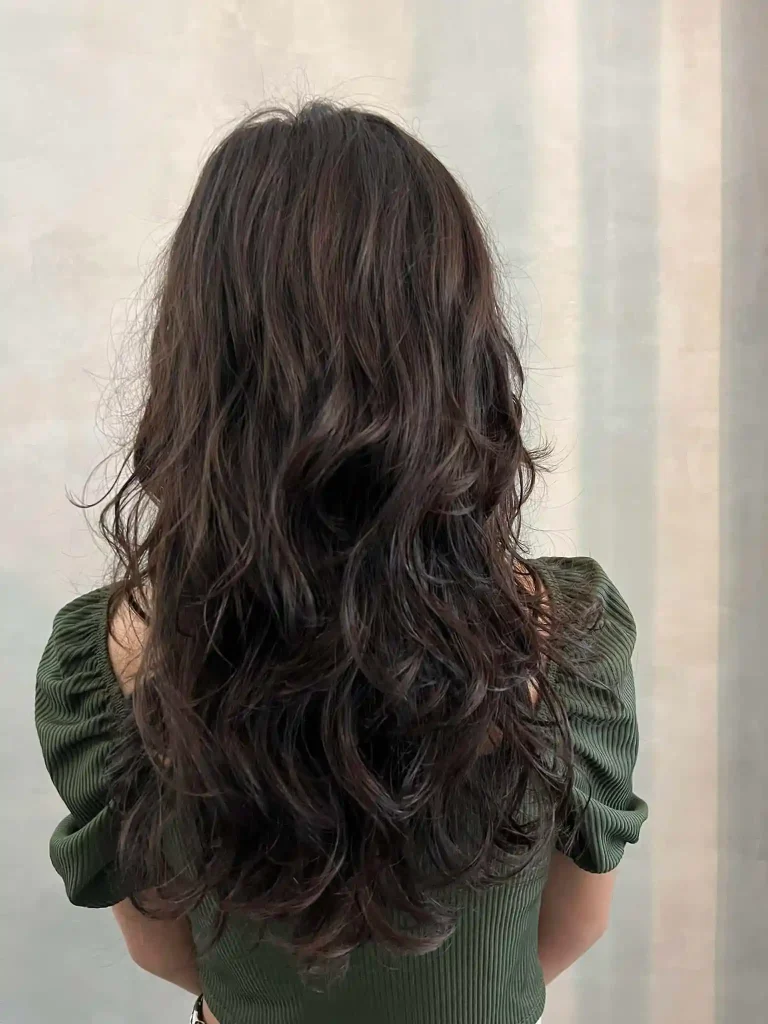
A digital perm is a modern perm technique that is created using a perm solution and a heat process. In this method, rods are applied to the hair, and the temperature is regulated by a machine, hence the term ‘digital’.
One of the advantages of a digital perm is that it’s generally easier to style than a cold perm, as the curls are more relaxed when dry and become more defined when wet. This type of perm is ideal for adding waves or curls to your hair and can last anywhere from six months to a year, depending on your hair type and how well you care for it.
5. Pin Curl Perm
A pin curl perm gives the appearance of pin curls, a vintage hairstyle that was popular in the 1940s and 1950s. This look is traditionally achieved by wetting the hair, coiling it, and securing it with clips or pins.
The process creates a wave pattern in the hair, giving it a unique texture and style. A pin curl perm is suitable for making limp hair look full of life and bounce, adding volume and movement to the hair. This style can be a fun way to experiment with a vintage look while adding body to your hair.
6. Spot or Partial Perm

Those with naturally curly hair who want to achieve a more uniform appearance favor a spot or partial perm technique. This type of perm is applied in specific sections of the head to create balance and uniformity in the curl pattern.
The result is a natural-looking style with movement and volume. The process can be adjusted based on hair texture and applied to specific areas or ends, allowing for a customized look that enhances your natural curls.
7. Root Perm
A root perm is a unique technique that focuses the perm at the roots, creating volume and body. This is a partial approach, leaving the rest of the hair natural, which can create a beautiful contrast and add depth to your hairstyle.
A root perm is suitable for straight or naturally textured hair, and it can be used as a touch-up for growing out a previous perm. This technique can give your hair a lift at the roots, making it a great option for those looking to add volume without altering the rest of their hair.
8. Stack Perm
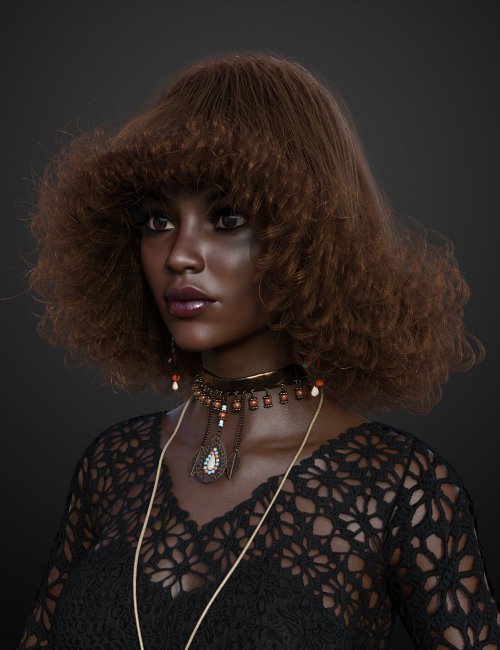
A stack perm creates a daring look with flat hair at the top and curls towards the ends. This style is suitable for those with a straight-cut hairstyle, as it adds depth and dimension to the hair, similar to layered styles.
The process involves perming the middle and ends of the hair, leaving the roots and top sections straight. This creates a stacked effect, hence the name. With a stack perm, you have options for a natural or more defined finish, depending on your personal style and preference. This type of perm can add a fun and unique twist to your look, making your hair stand out with its added volume and texture.
9. Multi-Textured Perm
The Multi-Textured Perm is a unique approach to perming that aims to mimic the natural variation in curl patterns found in naturally curly hair. This technique achieves a more natural appearance by creating soft, natural, and less uniform curls. It’s a popular choice among those with naturally straight or wavy hair who desire a change in their hair texture.
The secret to the multi-textured perm lies in the use of different rod sizes. This method allows the stylist to create bouncy curls with movement, giving the hair a lively and dynamic look. The variation in curl size and shape adds depth and dimension to the hair, making it appear fuller and more voluminous.
However, it’s important to note that the multi-textured perm works best on long hair. The length of the hair allows for the full effect of the varied curl sizes to be seen, creating a stunning, cascading effect of curls.
10. Volumizing Perm
The Volumizing Perm is a fantastic option for those looking to add body and volume to their hair without the commitment of defined curls. This type of perm is used to give the hair volume, creating a fuller, more vibrant look. It allows for loose curls or waves, which can add a touch of glamour to any hairstyle.
One of the key benefits of the volumizing perm is that it boosts the hair and creates natural movement. This can be a game-changer for those with limp, thin, or fine hair textures. The added volume and movement can make the hair appear thicker and healthier, giving a boost of confidence to the wearer.
11. Straight Perm
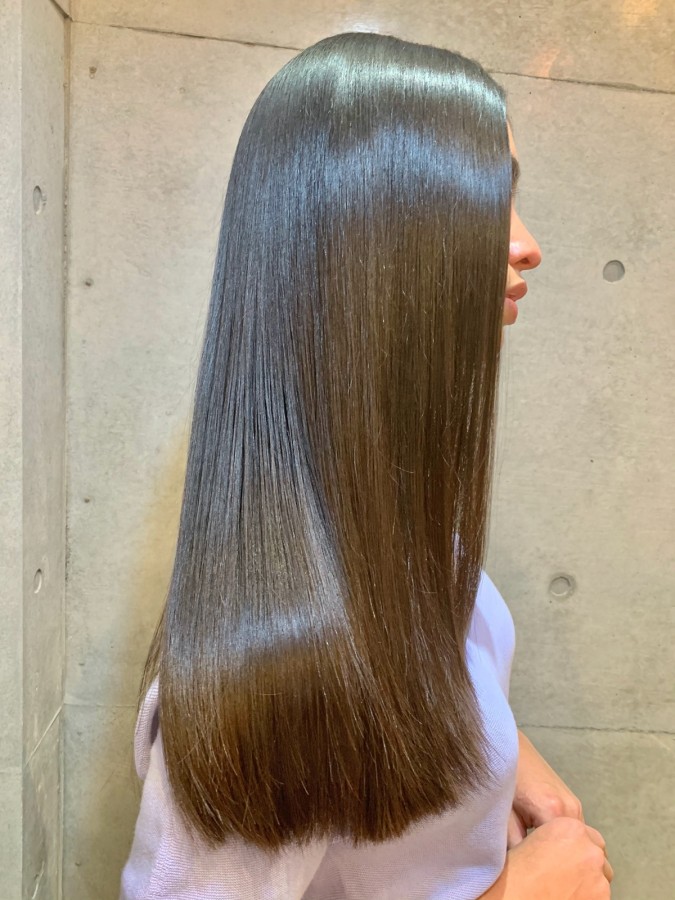
Straight perm, also known as Japanese straightening, is a process that achieves straight hair using a straightening solution and heat process. This method is perfect for those who desire sleek, smooth hair without the need for daily heat styling.
After the straightening solution is applied, the hair is coated in plastic and requires 72 hours without touching the hair. This allows the solution to fully penetrate the hair shaft and alter its structure, resulting in permanently straight hair.
One of the main advantages of a straight perm is that it lasts around three months. This means you can enjoy frizz-free, sleek hair for an extended period without the need for daily maintenance. However, it’s important to note that this process can be damaging to the hair if not done correctly, so it’s crucial to have it done by a professional.
How To Care for Your Perm
After getting a perm, it’s crucial to take proper care of your hair to maintain the curls and keep your hair healthy. Here are some post-perm care tips:
Moisturizing Products to Boost Hydration
Permed hair can often become dry, so it’s essential to use moisturizing products to boost hydration. Look for shampoos, conditioners, and leave-in treatments that are specifically designed for dry or chemically treated hair. These products will help to replenish the moisture lost during the perming process and keep your curls looking fresh and bouncy.
Styling Techniques and Frizz Prevention
When it comes to styling permed hair, less is more. Avoid using heat styling tools as they can cause further damage. Instead, opt for styling techniques that prevent frizz, such as air drying or using a diffuser. Applying a frizz-control serum or cream can also help to keep your curls defined and frizz-free.
Leave-In Treatments and Hair Masks for Nourishment
To keep your permed hair nourished and healthy, incorporate leave-in treatments and hair masks into your hair care routine. These products provide deep conditioning and can help to repair any damage caused by the perming process.
Proper Combing with a Wide-Tooth Comb
Always use a wide-tooth comb to detangle your permed hair. This will help to prevent breakage and keep your curls intact. Avoid brushing your hair when it’s dry, as this can cause frizz and damage the curl pattern.
Avoiding Updos and Washing
For the first few weeks after getting a perm, avoid putting your hair in updos or washing it for at least three days. This allows the perm to set properly and prevents the curls from becoming loose or falling out.
Avoiding Overwashing and Excessive Swimming
To maintain your perm, avoid overwashing your hair and limit swimming in chlorinated or salt water. These activities can strip the hair of its natural oils and cause the perm to fade more quickly.
FAQs about Types of Perms
How do I choose the right perm?
Choosing the right perm depends on your desired result and hair texture. For example, if you have straight hair and want defined curls, a spiral perm might be the best option. If you have wavy hair and want more volume, a volumizing perm could be the right choice.
How long does a perm last?
The duration of a perm varies depending on the type of perm and the individual’s hair. However, most perms last between three to six months. The salon time required for a perm can range from two to four hours.
How much should I pay for a perm?
The cost of perms can vary based on hair length and type. On average, a perm can cost anywhere from $60 to $200. However, this price can increase if additional services, such as a haircut or color, are added.
Should I perm or color my hair first?
Perming colored hair or dyeing hair after a perm should be done with caution. Both processes can be damaging to the hair, so it’s important to consider the condition of your hair before proceeding. Always consult with a professional to ensure your hair is healthy enough for these treatments.
Which perm lasts the longest?
The longest-lasting perms are typically those that create tighter curls, such as spiral perms. However, the longevity of a perm also depends on how well it’s maintained. Regular deep conditioning treatments, avoiding heat styling, and using products designed for permed hair can help to extend the life of your perm.

Founded by Sophia Rodriguez, IGXO Cosmetics is a PETA-certified, cruelty-free, and vegan makeup brand.

